Indian Women in the History of Yoga
Throughout the history of yoga, Indian women have played an integral yet often under-recognized role in shaping its philosophy and practice. From the female sages, or rishikas, who composed hymns in the Vedas, to the yoginis and spiritual leaders who preserved and adapted traditions through changing eras, women have long been vital carriers of yogic wisdom. Unknown to many, they were involved in the inception of spirituality and consciousness before it was even defined. Their contributions—whether through sacred texts, oral teachings or living example—reflect a legacy of resilience, devotion and insight. In tracing their stories, we uncover not only the evolution of yoga itself but also a deeper understanding of the significance of women in India’s spiritual heritage.
Women in the Conception of Yoga
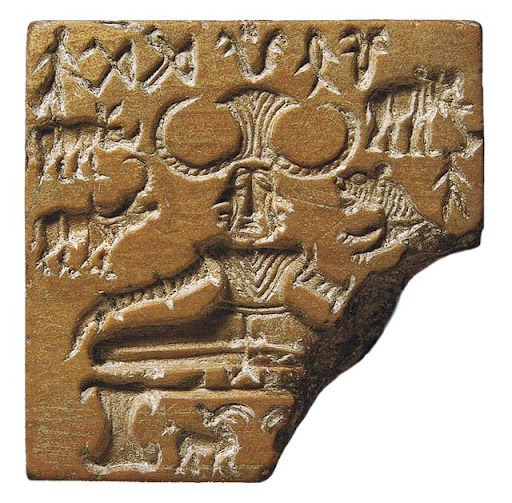
The oldest known evidence of the existence of yoga is the Pashupati Seal, an ancient relic found within the Mohenjo-Daro ruins of the Indus Valley civilization (circa 3300 – 1300 BCE) of present-day India and Pakistan. It depicts a figure in the yogic pose of either Bhadrasana or Mulabandhasana. Due to its characteristic jewelry and attire, many scholars suggest that this figure is indeed, a woman.
In fact, the very concepts of Tantra (yogic rituals and practices) and Samkya (the theory of yoga) may have derived from the Indus Valley civilization. Also known as the Harappan civilization, it was one of the earliest human settlements on Earth, and appears to have been an advanced, thriving egalitarian community in which women may have held significant positions of spiritual, societal and governmental influence.
Because the complex Indus script has still not been deciphered to this day, much of this ancient civilization lies in obscurity. Still, their ruins provide interesting insight into their social structures. Here are some conclusions derived about the Indus Valley people:
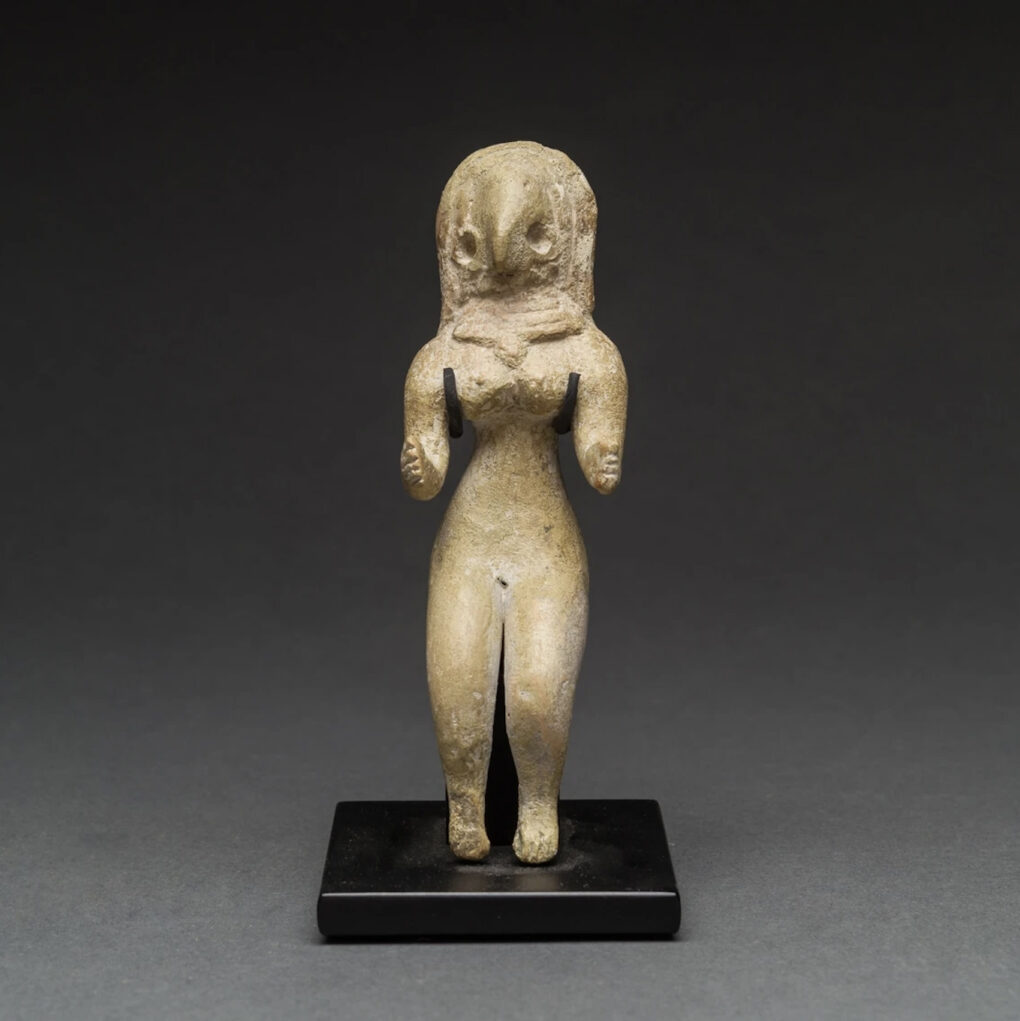
- A Matrifocal Civilization: Archeological findings reveal several artifacts that suggest a reverence for fertility and motherhood, an admiration for the deep feminine connection to the cycles of nature and a recognition of the female as the source of life, power and illumination. In fact, a later excavation of a large graveyard on the site found that the women were carefully buried in the centre of the cemetery together with an abundance of personal articles, whereas the male remains were fragmented and found with lesser effects.
- An Egalitarian Society: Dwellings were all relatively similar in size, implying an equal communal structure without caste systems or authoritarianism. Moreover, the lack of grandiose palaces or large-scale depictions of male rulers that one would normally find in a patriarchal framework further supports the conclusion that power would have been more decentralized and influenced by women.
- Peace and Non-Violence: One of the most prominent observations is the limited weaponry or signs of war. This indicates that the Indus Valley people may have flourished for thousands of years mostly in peace and non-violence, which is indeed the yogic ideal of Ahimsa. It also signals a high degree of individual and civil discipline within society.
- Public Health and Cleanliness: Advanced water drainage networks, grid-like street layouts, wells, covered sewage systems and large bathing pools demonstrated that cities were clean, hygienic and well-planned. This may very well be the roots of yogic disciplines like Saucha (cleanliness) and Tapas (discipline).
- Yoga and Spiritual Practice: Numerous terracotta figurines unearthed across the site show figures, mostly women, in yogic asanas. This early pursuit of a higher level of consciousness and mind-body connection would lay the groundwork for thousands of years of spiritual development.
Women in the Formation of Yoga
The Vedic Age (c. 1500 – 500 BCE)
Women of Vedic India were intellectuals, teachers and scholars, with several female writers contributing to the Rig Veda.The Vedic Age of India was an era of rich intellectual literature including some of the oldest and most sacred spiritual texts, such as the Rig Veda and the Upanishads. It’s important to emphasize that women of this time held much more status and liberty than they do today. Although patriarchal attitudes were slowing growing roots, many women were rishikas and brahmavadinis – intellectual writers, spiritual scholars and authorities in Vedic literature. In fact, there were several women who contributed their writings to the Rig Veda, unlike the Bible, the Torah and the Quran which exclude women’s voices altogether.
The fact that the presence of women in various historical records didn’t need to be “explained” tells us that it was normal for them to be included in political and social scenarios. Girls were co-educated alongside boys, and they were also trained in combat and martial arts. Also, Vedic texts contain no evidence of misogynistic practices like self-immolation or dowries, suggesting that girls and women enjoyed the same level of opportunity, personal choice and respect as men did.
The Classical Era (c. 200 BCE – 1200 CE)
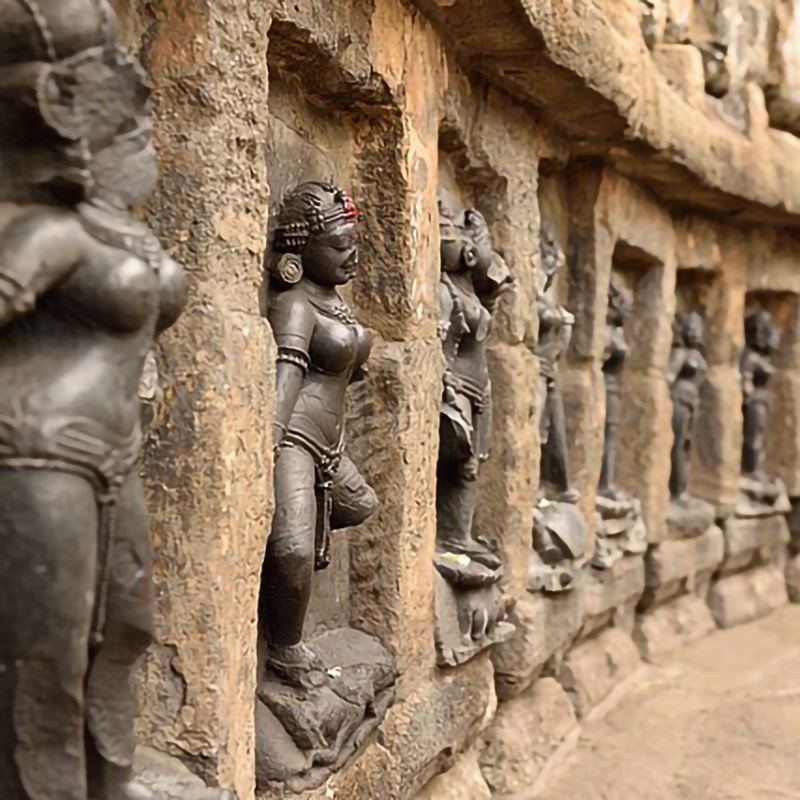
Even though women continued to make significant contributions to yogic practice and philosophy, we now begin to see evidence of their direct participation in spiritual life diminishing. Despite the rising patriarchy, numerous female statues of the Classical Age excavated across the Indian subcontinent still reflect a deep reverence for feminine divinity, spiritual power and the embodiment of metaphysical wisdom.
A remarkable example is the Yogini Temples, where exquisite stone carvings of female yogis stand in open-air circular sanctuaries. These statues represent mystical female ascetics who embody both fierce and benevolent aspects of the divine feminine, serving as enduring reminders of women’s integral role in India’s spiritual heritage.
Medieval India (c. 1200 – 1500 CE) to the Early Modern Age
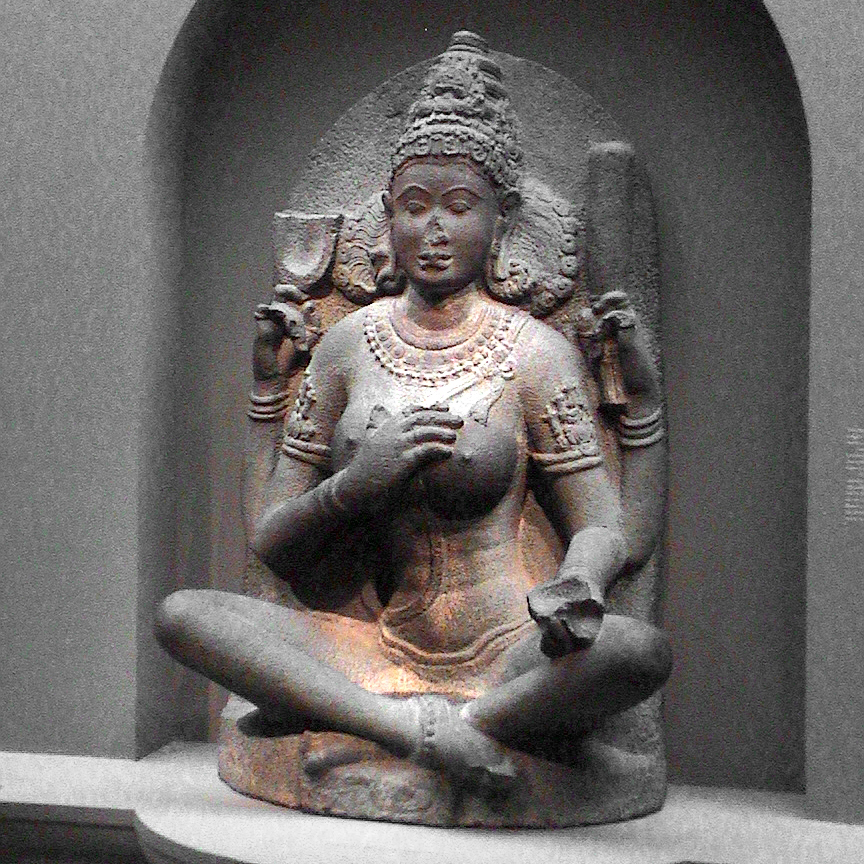
As the centuries rolled by into Medieval times and India suffered numerous invasions, intense patriarchal codes advanced into the Middle Kingdoms. Women were wholly confined to the household and their involvement in the practice of yoga was significantly restricted. The very elements of femininity that were held in awe were now oppressed and vilified as unimportant, offensive and inferior to men. Women were labelled as “impure” and hence, they were not allowed to enter temples or participate in spiritual rituals, especially during menstruation. They were forbidden to chant sacred mantras, many of which were actually written by their female ancestors. Furthermore, men started to regard women as a threat to their continuous attempts at celibacy, self-control and mastery of the ego.
Despite the androcentrism of the time, women knew that there was more than one way to attain spiritual liberation. So they practiced in private. Their yogic path was mainly Bhakti (the path of love, faith and devotion) as it was one of the few spiritual avenues that they were permitted to take. Through this practice, they planted the seeds of spirituality in their children that continued through the generations.
“All forms of knowledge are aspects of Thee, and all women throughout the world are Thy forms.”
— Devi Mahatmya
Women in the Globalization of Yoga
In the late 19th century, yoga began to spread around the world. Almost all of the “pioneers” who introduced the practice to the West were Indian men, such as K. Pattabhhi Jois, Bikram Choudhury, Swami Vishnudevananda, Amrit Desai and Swami Satchidananda. Although these swamis brought the gifts of yoga out into the world, it was later revealed that many of them physically and sexually abused their students. This is not yoga. Patriarchy is inherently incompatible with the principles of yoga; and the pursuit of power, sex, money, authority or showmanship under the guise of spirituality couldn’t be further from a yogic way of life.
Patriarchy is inherently incompatible with the essence and principles of Yoga.Indian women, on the other hand, continued to habituate yogic practices that were quietly powerful, deeply personal and true to the original meaning of Yoga. They practiced yoga out of a genuine desire to propagate wellness, a peaceful society and a karmic way of the life. Furthermore, history had conditioned them to pursue spiritual paths that abided by tradition and humbly lead to both liberation and a profound oneness with the self.
Great Indian Women in the History of Yoga
As with all cultures and religions in this world, historical texts were largely controlled by men. As a result, many female spiritual leaders, thinkers, innovators and trailblazers were silenced, excluded or erased from ever having existed. It’s impossible to know how many brilliant female minds were lost to the patriarchy. That is why it is essential to remember the contributions and influence of these great women in the history of yoga:
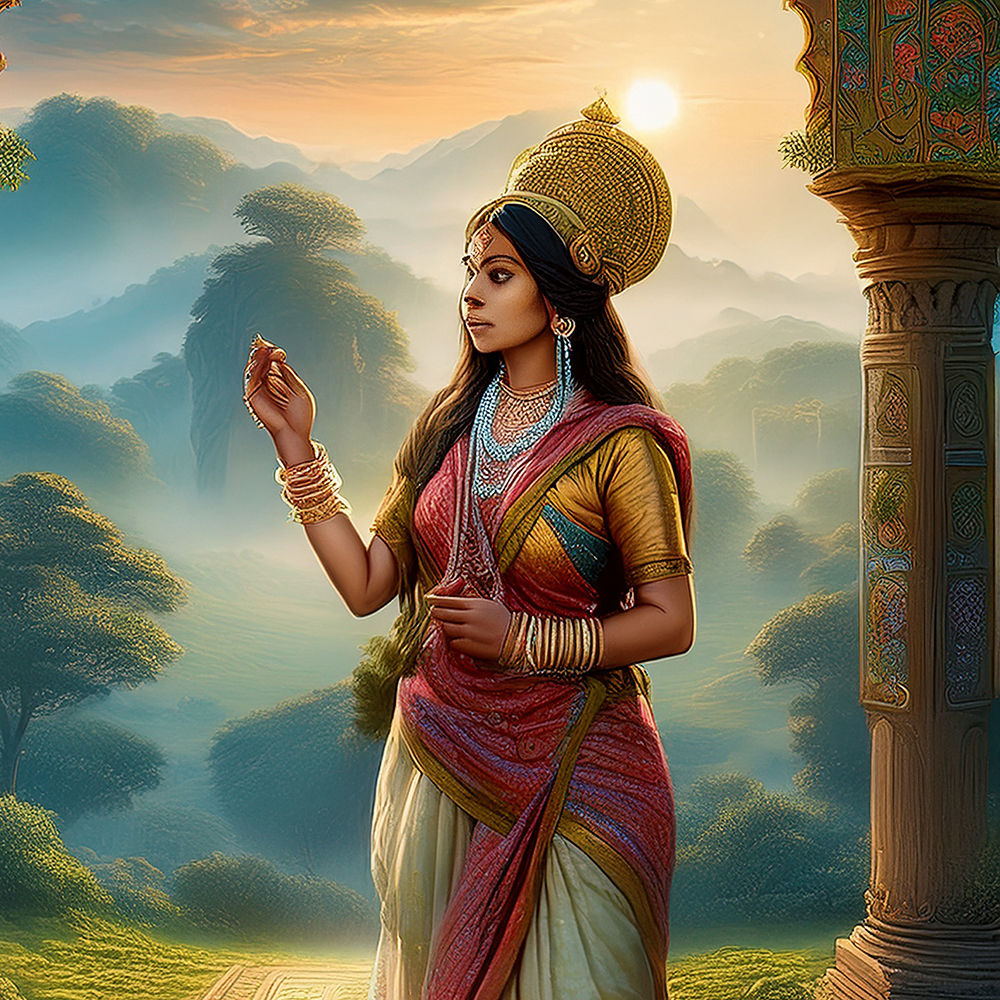
Ghosha (c. 1100 BCE)
Ghosha was a revered sage of ancient Vedic India. Together with Lopamudra, Visvavara, Apale and others, she was one of the earliest known female voices in metaphysical literature. Her poetic verses appear in the spiritual texts, the Rig Veda. Using sacred sounds, phonetics and mantras, Ghosha’s hymns reflect spiritual illumination, the power of inner healing and a deep understanding of our lived experiences. Her legacy reminds us that women have long been vital contributors to philosophy and the development of human thought.
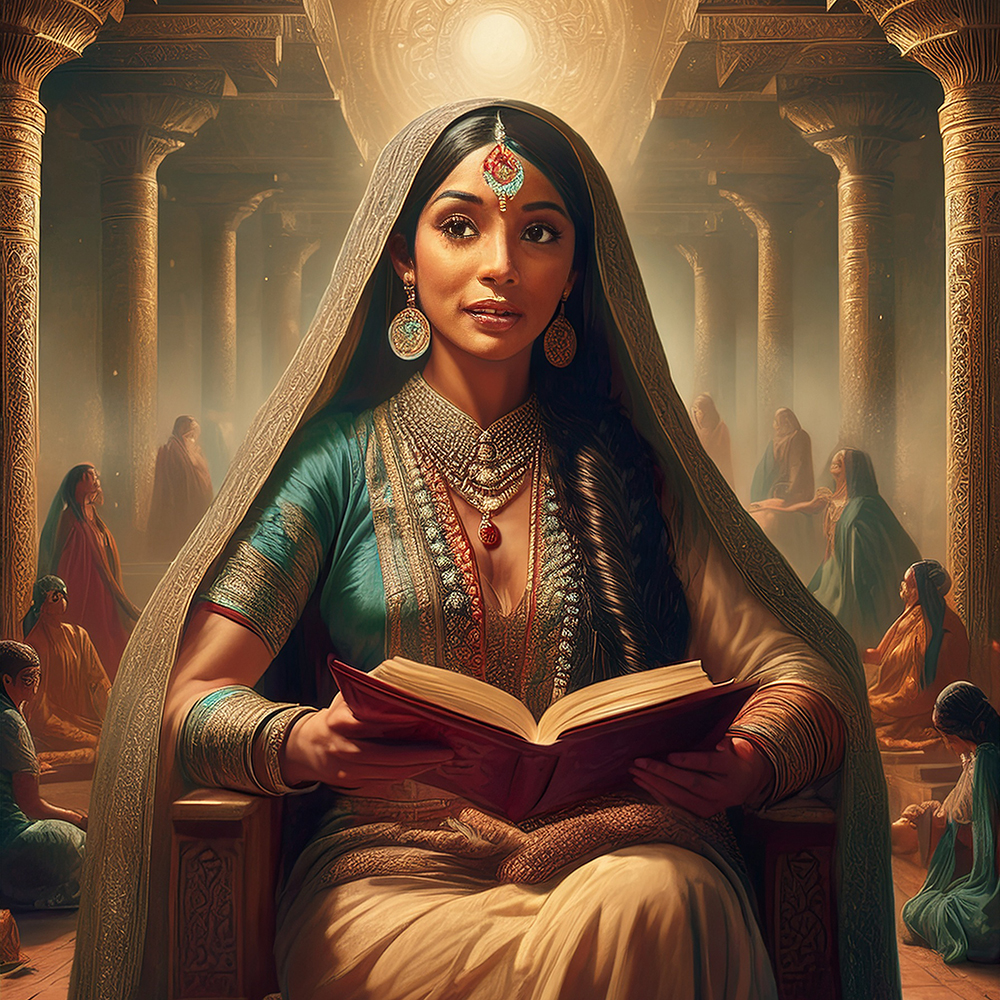
Maitreyi (c. 750 BCE)
As an esteemed philosopher in India’s later Vedic period, Maitreyi appears in the Brihadaranyaka Upanishad, engaging in deep dialogues about consciousness, the nature of the self and the essence of immortality — questions central to yogic living. Her continuous self-study, fearless inquiry and relentless pursuit of the truth provided the early foundations of Jnana Yoga (the yogic path of knowledge). Today, Maitreyi remains a celebrated symbol of Indian female intellectualism, wisdom and spiritual awakening.
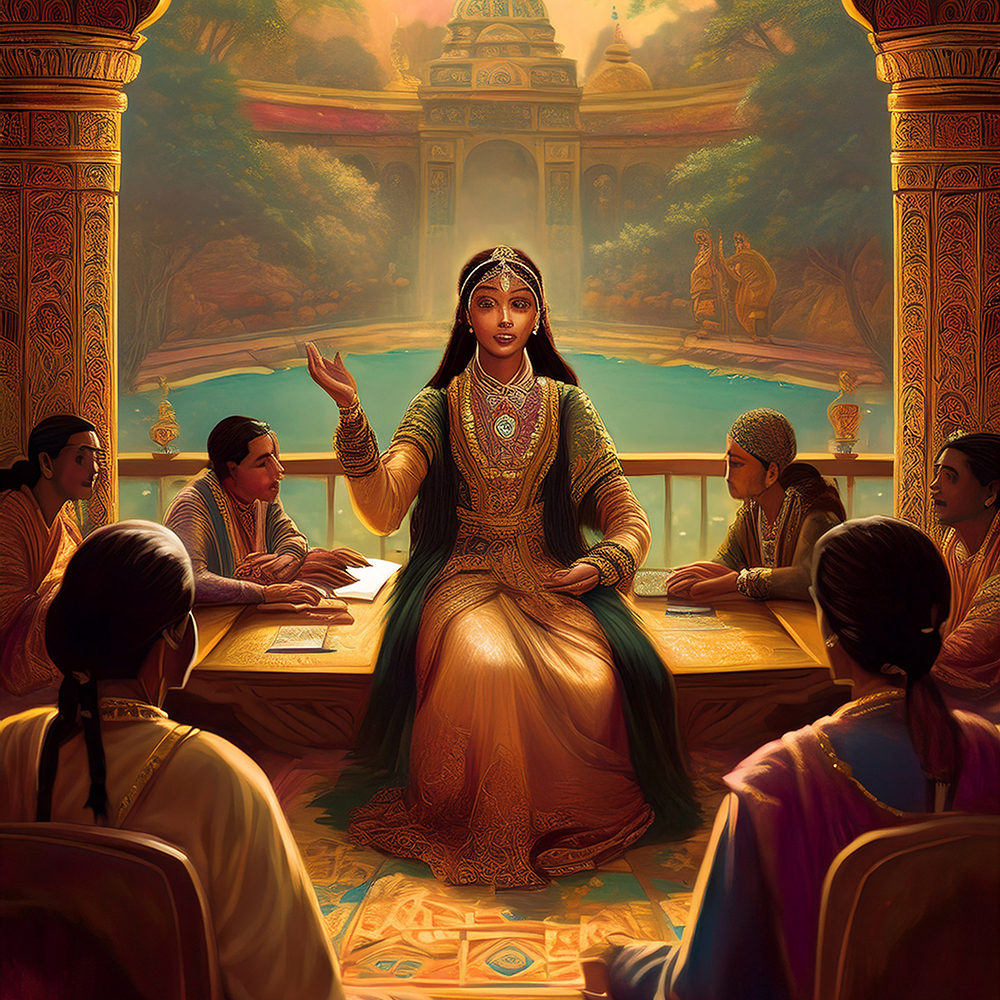
Gargi Vachaknavi (c. 750 BCE)
Best known for her profound intellect, wit and bold questioning of her male opponent in a philosophical debate about the nature of reality, Gargi Vachaknavi was a brilliant sage of Vedic India. Her inquiries into consciousness laid the groundwork for yogic concepts such as Atman (the self) and Brahman (ultimate reality). Gargi appears in the Brihadaranyaka Upanishad, the Chandogya Upanishad and the Yoga Yajnavalkya, indicating that women were highly significant in spiritual development and yogic practices back in the Vedic era.
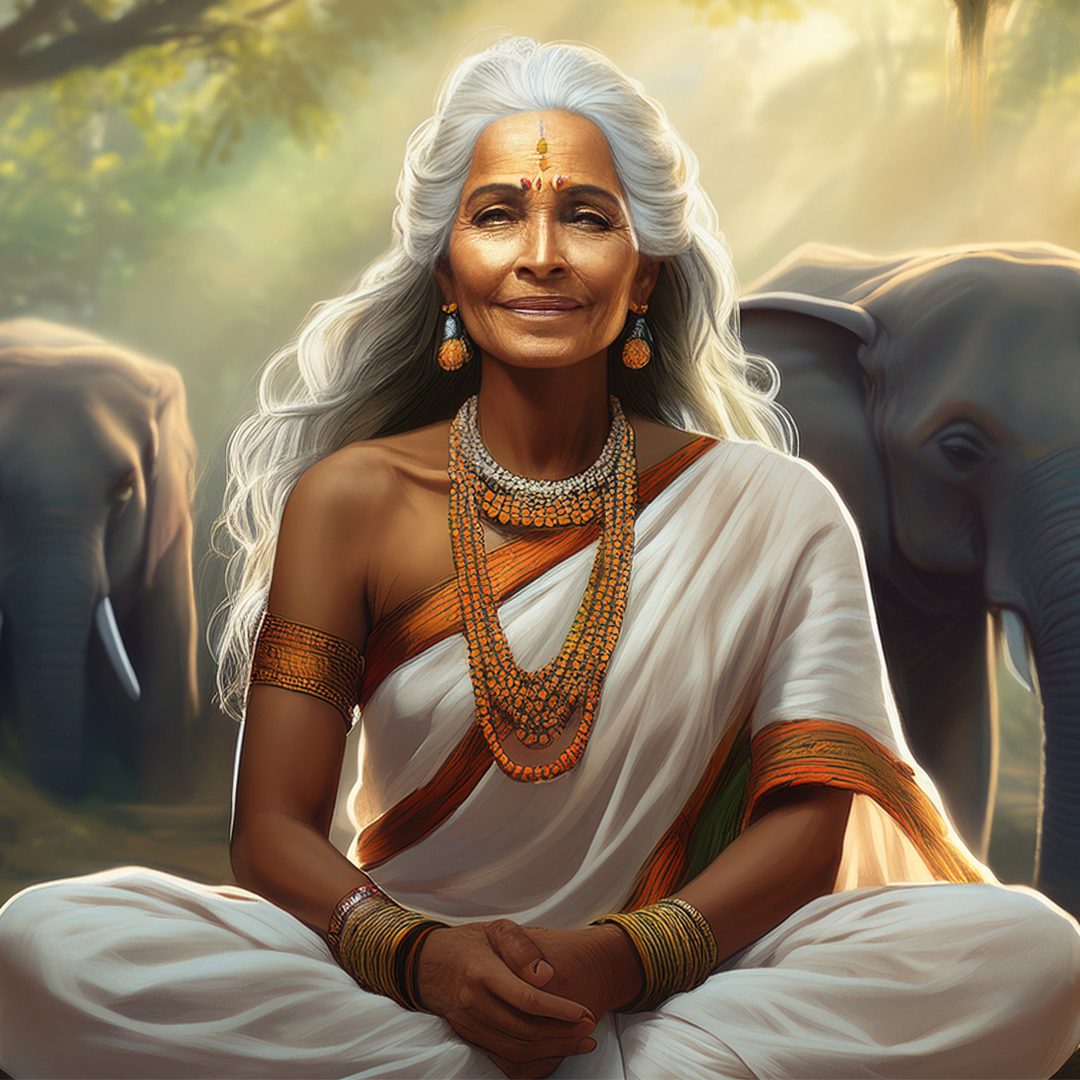
Avvaiyar (c. 100 BCE – 700 CE)
Some say that Avvaiyar was one woman; others say that she was actually many female Tamil poets of the time, generically known under the name Avvaiyar, meaning “good woman.” Her real name is unknown, but she wrote one of the greatest poems in Tamil literature, Vinayagar Agaval, dedicated to Ganesha and beautifully articulating profound spiritual truths. Avvaiyar’s legacy extends beyond poetry—she shaped the consciousness of Tamil culture and offered universal lessons on what it means to live with wisdom and humanity.
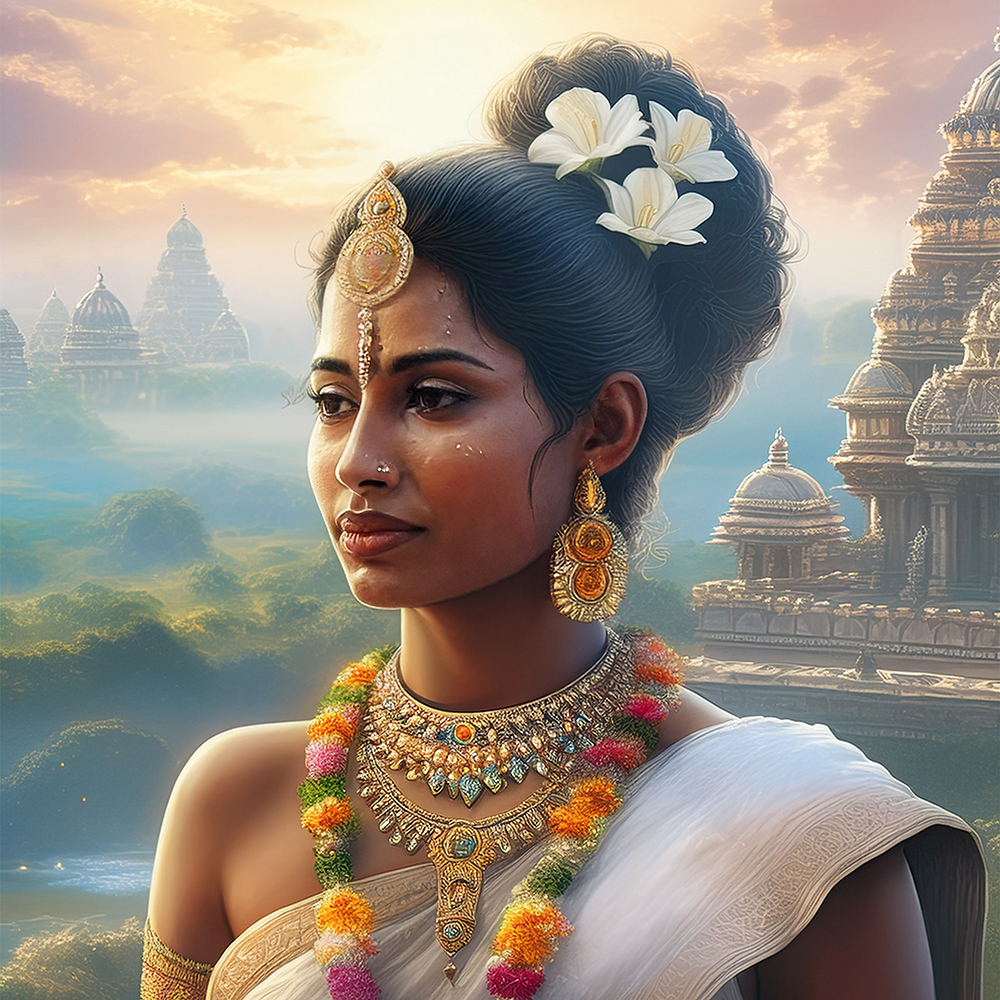
Andal (c. 785 CE)
Andal was the only woman among 12 Alvars (Tamil poet-saints of South India), renowned for her passionate hymns to Vishnu. Her works express a sacred love that is at the core of Bhakti Yoga, the yogic path of devotion. Andal’s poetry, especially the Tiruppavai and Nachiyar Tirumoli, remind us that yoga is not only about physical discipline or philosophical inquiry, but also about cultivating a heart-centred relationship with the divine. She remains extremely influential in the artistic expression of today’s Tamil culture.

Akka Mahadevi (circa 1130 – 1160)
Cherished for her powerful Kannada literature and her devotion to Shiva, this 12th-century Indian poet and mystic is known for renouncing worldly ties and liberating herself from the shackles of social norms. Akka Mahadevi’s unique poems and love for the divine reflected deep introspection and transcendence of the ego — core aspects of yogic living. Her life and legacy continue to inspire spiritual seekers with the message of female emancipation, authentic self-expression and the courageous pursuit of the truth.
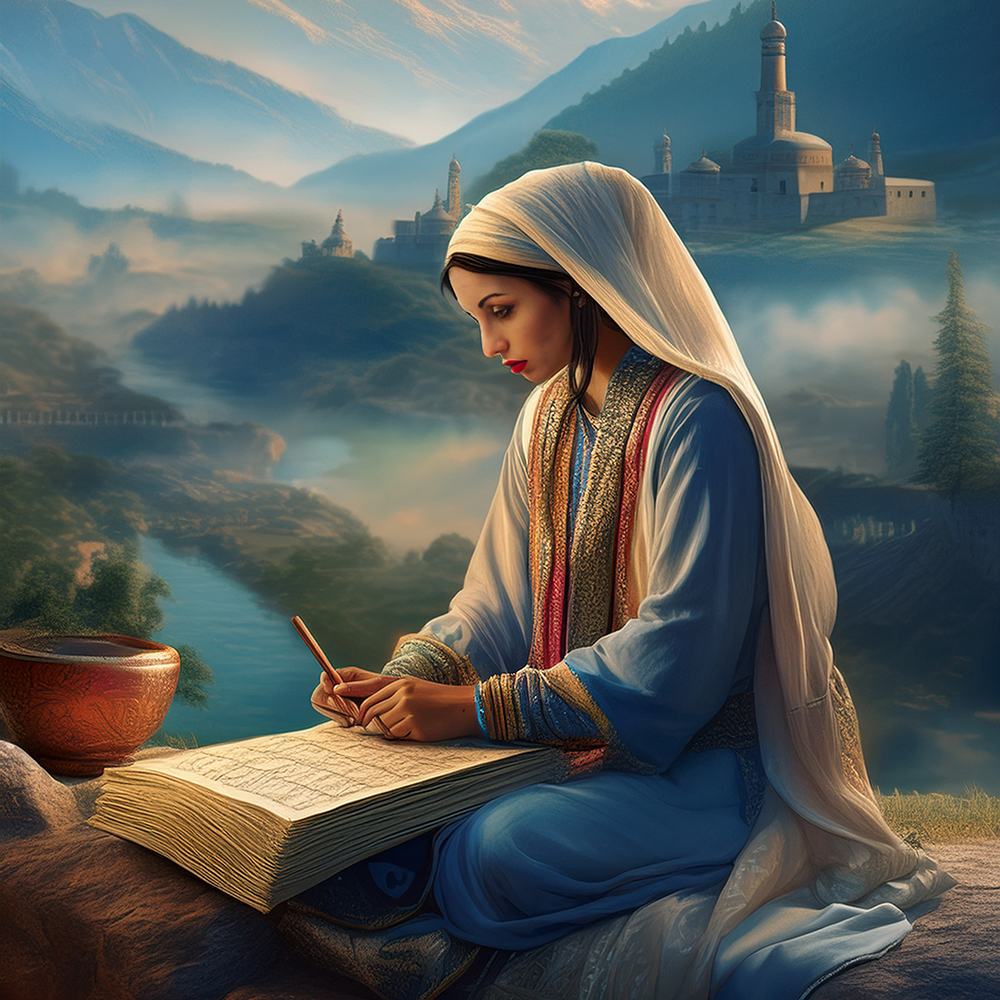
Lal Ded (1320 – 1392)
Lal Ded, also known as Lalleshwari or Lalla, was a 14th-century Kashmiri mystic whose life, poetry and teachings were rooted in both Shaivism and Sufism. While living in solitude in mountainous forests, she created exquisite poetic verses that reflected deep yogic wisdom, spiritual awakening and a profound devotion to the divine. Lal Ded taught that true enlightenment comes from within, and can be achieved through personal discipline, constant self-awareness and surrender of the ego.
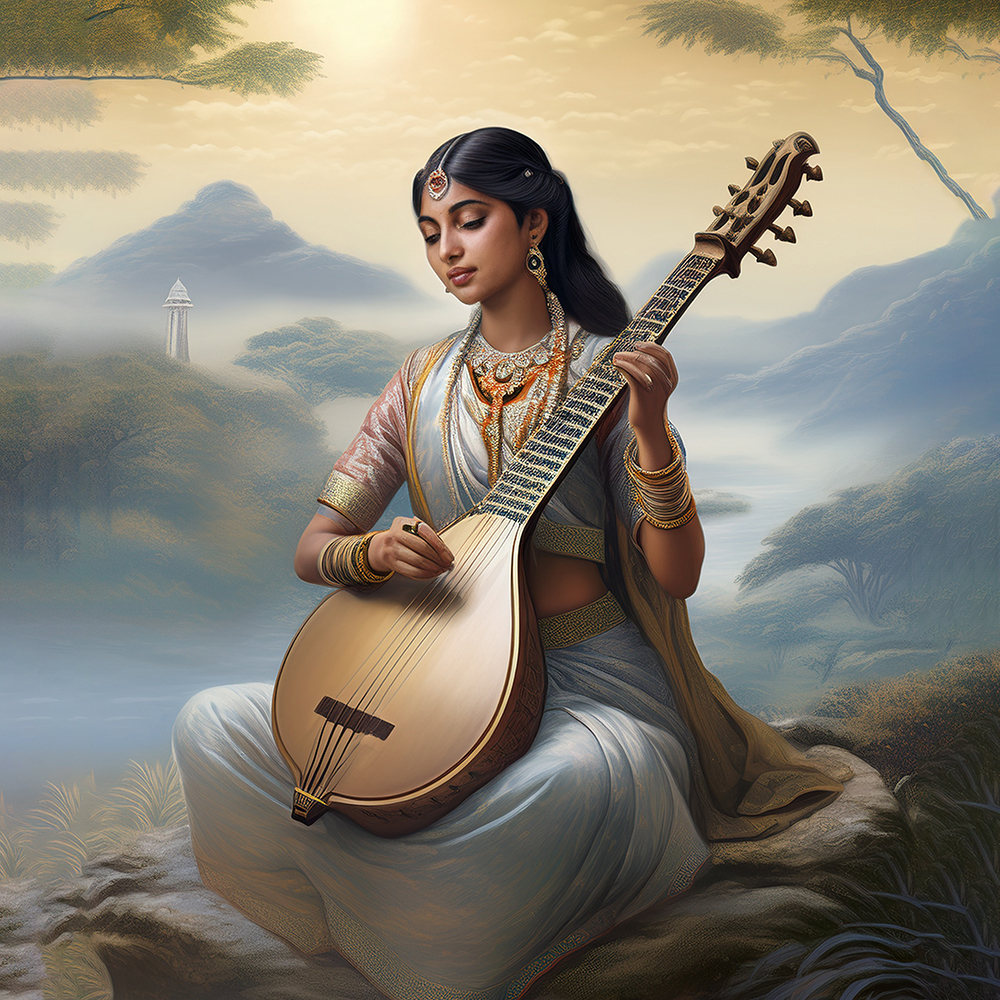
Mirabai (1498 – 1547)
Mirabai was a 16th-century Indian poet-musician and one of the most beloved figures in Bhakti Yoga — the yogic path of devotion. Her beautiful, soul-stirring devotional songs dedicated to Lord Krishna are some of her greatest contributions to yogic traditions. Renouncing royal life in pursuit of divine spiritual enlightenment, Mirabai exemplified fearlessness, moral strength and conviction in the face of adversity. She continues to exemplify the rights and freedoms of each person to choose their own spiritual paths in life.
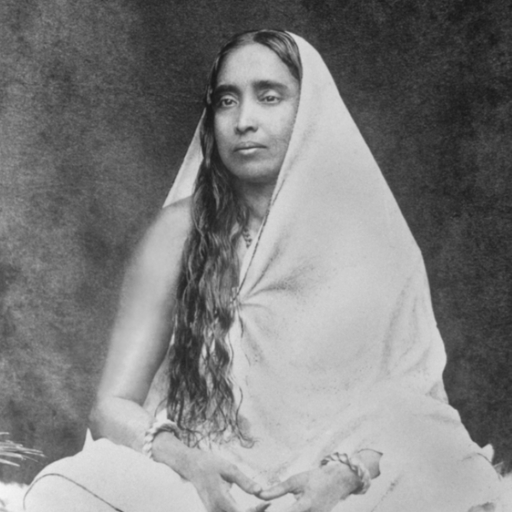
Sharada Devi (1853 – 1920)
Sharada Devi, affectionately known as The Holy Mother, was a Bengali spiritual leader and saint whose life embodied the highest ideals of yogic living. Although she was not educated and lived a rather humble life, Sharada radiated profound wisdom, patience and compassion. She diligently guided countless students at her missions, and strongly supported education for girls and women. Her teachings continue to inspire a life of simplicity, purity and quiet transformation, showing that true yoga is lived through seeing the divine in all beings.
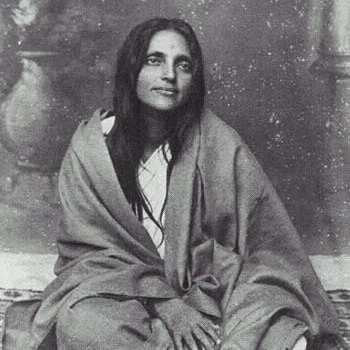
Anandamayi Ma (1896 – 1982)
Celebrated for her radiant, joyful presence and profound spiritual wisdom, Anandamayi Ma was a 20th-century Indian yogini, teacher and mystic. Since her childhood, she lived in a continuous state of pure consciousness, embodying the essence of yoga as a blissful state to live in. Without adhering to any one path or sect, Anandamayi accepted pupils of all religions and guided many toward inner peace and self-realization. She demonstrated that true spiritual living arises from love, purity and a direct experience of the divinity within.
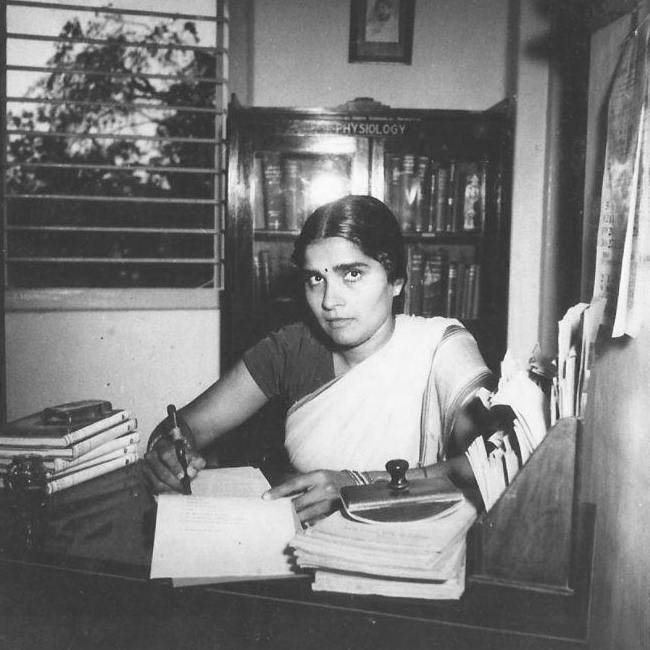
Shrimati Sita Devi Yogendra (1912 – 2008)
Sita Devi Yogendra, known for being the first female ‘guru,’ was a trailblazing yoga teacher who played a transformative role in making yoga accessible, empowering and meaningful for Indian women. In addition to managing The Yoga Institute in Mumbai, she published her first instructional book, Yoga Simplified for Women in 1934 — 32 years before Iyengar’s Light on Yoga was published. It was the first yoga book for women written by a woman, and gloriously followed by Yoga, Physical Education for Women in 1947.
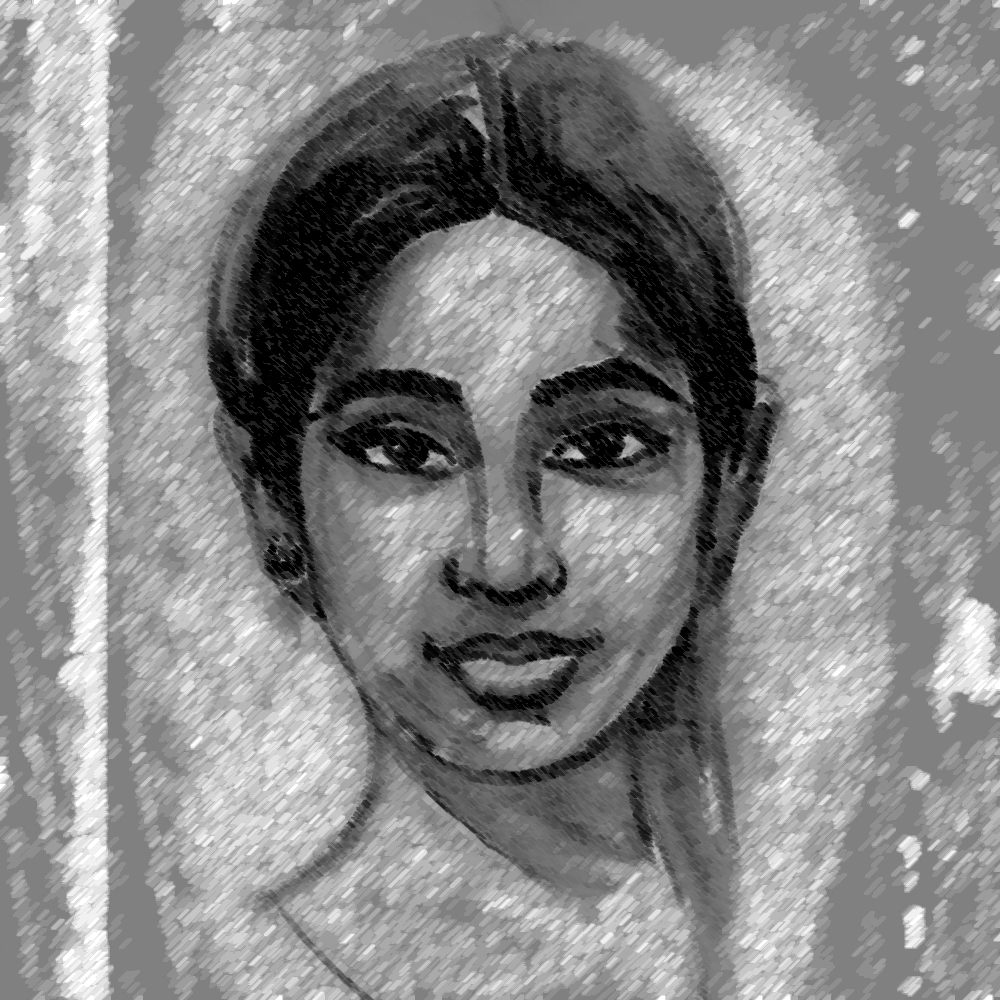
Labanya Palit (circa 1950)
Labanya Palit was another 20th-century Indian yoga teacher who played a significant role in promoting yoga among women. Not much else is known about her, except that she published a women’s manual of 40 asanas, Shariram Adyam (A Healthy Body), in 1955, the only known copy of which is hidden and sadly forgotten in The National Library of India in Kolkata. Labanya’s approach integrated traditional yogic values with moderns needs, encouraging women to embrace a daily practice of yoga for optimal health and spiritual growth.

The legacy of Indian women in the history of yoga is one of quiet strength, enduring wisdom and transformative influence. By remembering and honouring these women, we not only give them their rightful place in history, but also inspire future generations to carry forward the spirit of equality and spiritual empowerment that lies at the heart of yoga.

Amazing women who should never be forgotten!
Cool